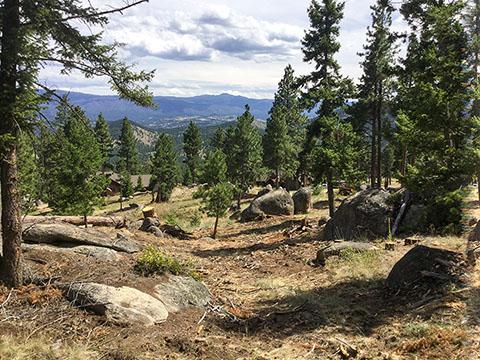Related Stories
- Enhancing Wildland Fire Response: Modernizations to Wildland Fire IT
- Recreate Responsibly with Fire
- Veteran fuels module in Rapid City, SD sets a standard for community assistance
- Coeur d’Alene District and Nez Perce Tribe Strengthen Community Through Partnership
- Hi-Line field offices vie for “Coldest Place in America”


